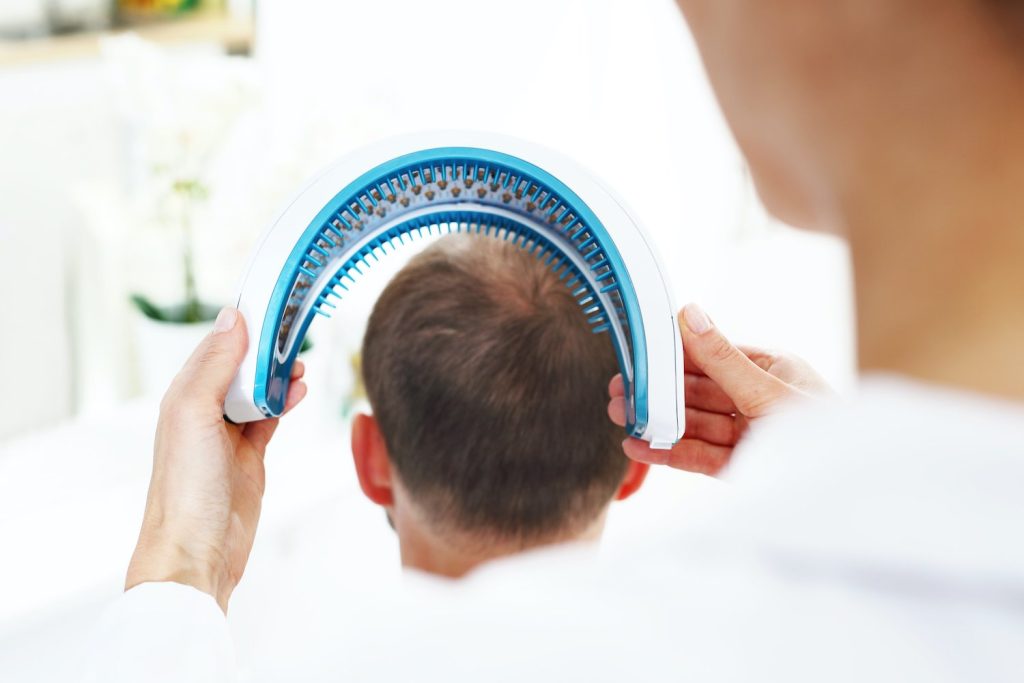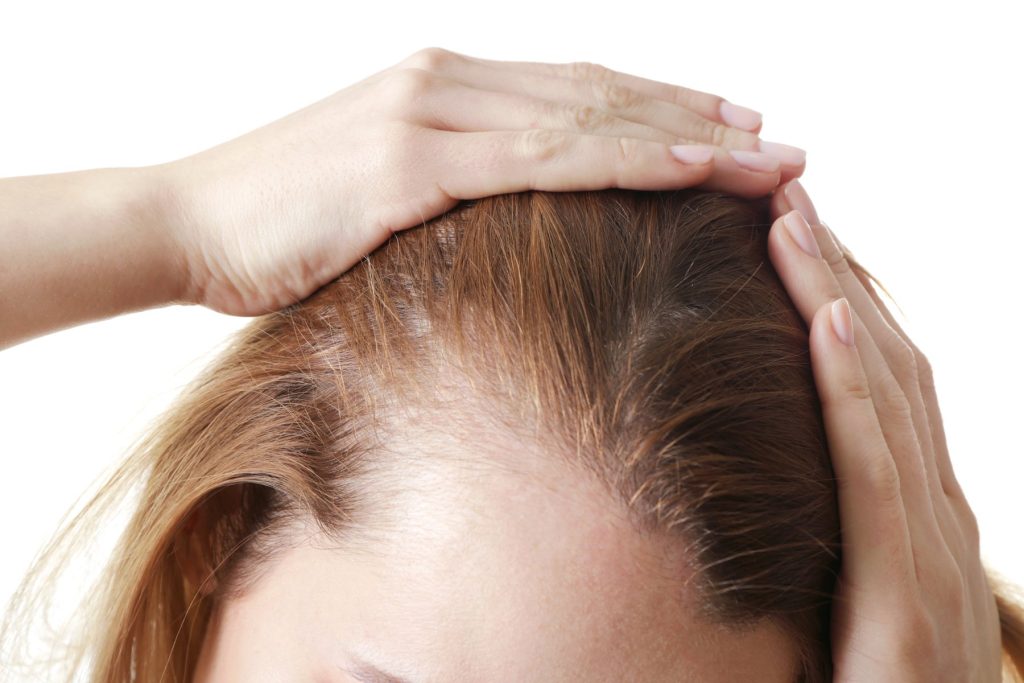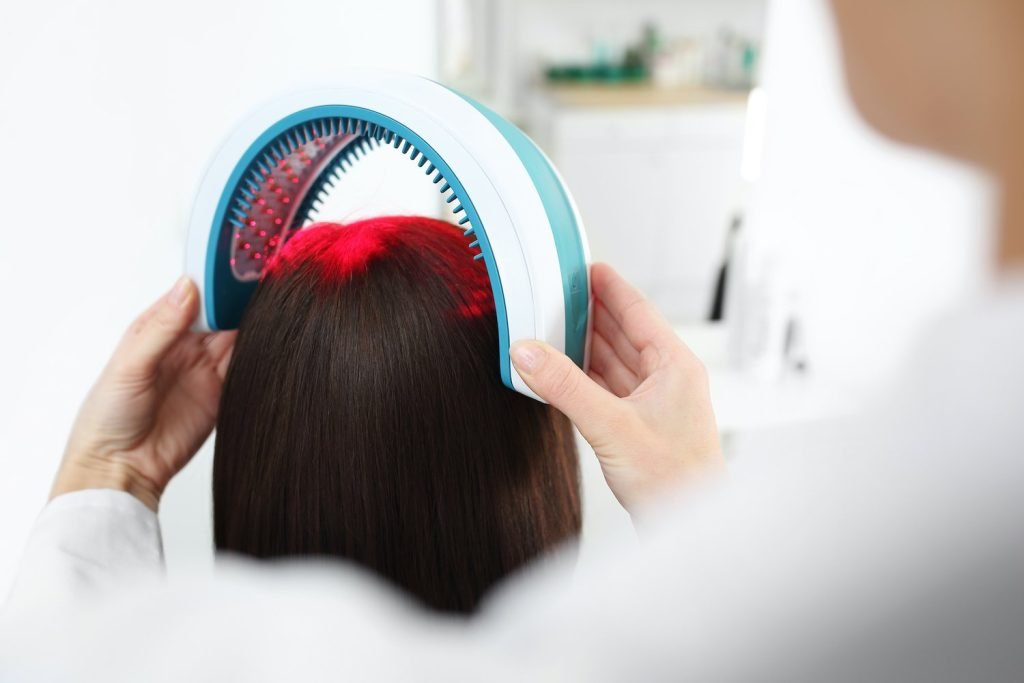- Hairline Clinic - Hair Loss Treatment in Akron and Cleveland Ohio - Schedule FREE Consultation
- 330.633.5225
- CONTACT US
Male Pattern Baldness and Heredity

There are many myths around the causes of androgenic alopecia – male pattern baldness – but science is finally isolating the likely genetic basis of hair loss.
Before men go looking among the available hair loss solutions for men – hair transplant surgery, hair systems, laser hair therapy and more – it’s vital to have a good understanding about the types of hair loss that occur and why they occur. Not all hair loss treatments work for all men.
So let’s be clear about something from the start. Everyone, male and female, over the age of 18 sees hair in the shower drain catcher every morning. That’s because even the healthiest, thickest head of hair sheds up to 100 shafts per day. But those hairs are replaced with new hair. This is why about a third of the adult population of men, and a larger percentage of women, have a full head of hair well into their adult and even senior years.
The problems happen when those lost hairs aren’t replaced – what ultimately happens to about two-thirds of men, some younger than others. Androgenic alopecia, the type of hair loss commonly referred to as “male pattern baldness,” is just that: when the replacement hairs to those lost in the shower dwindles, with weaker, thinner hairs growing from the follicles (follicles are the roots of hair, what lies below the surface of the skin of the scalp). The follicles do not disappear but they lack the ability to grow strong hair without interventions, such as the use of pharmaceuticals (Propecia and minoxidil, for example).
The reason for this diminishing of hair growth is multifactorial. Poor health habits may contribute to premature hair loss, and there are multiple reasons for other types of alopecia, including infections and physical factors such as tight hair weaves (a problem most common among women of African heritage where such styles are favored).
That said, genetic factors – long suspected as contributors to hair loss – are increasingly considered as primary causes of hair loss. A study published in 2017 in PLoS Genetics (“Genetic prediction of male pattern baldness, Hagenaars, Hill, Marioni, et al.; the publication is a peer reviewed scientific journal), which looked at 52,000 participants (all Caucasian men, between the ages of 40 and 69). It found “over two hundred independent, novel genetic correlates of male pattern baldness,” concluded the study authors. The study, which looked at men who participate in the UK Biobank, which has a total of 500,000 people who contribute blood, urine and saliva samples along with detailed self-reported information and agreements to have their health followed over time. The sheer depth of data in the Biobank lends credence to the baldness gene study.
Perhaps greater awareness of these genetic causes will diminish common myths over what leads to male pattern baldness. Those include: it comes from the mother’s genes (partially true, but the father’s genes show a strong correlation as well), it’s just a part of aging (it’s common for hair loss to become prominent among 20-year-olds), hats and helmets tug on follicles to cause hair loss (only if coupled with poor hygiene that leads to scalp infections), and it’s due to poor diet (only rapid losses and gains in weight, sometimes called yo-yo dieting, are connected to weight loss), and that emotional trauma causes hair loss (only if it was going to be lost anyway).
So while much hair loss is due to genetic destiny, take heart. It’s not your fault – and you’re hardly alone.
We provide individualized hair loss treatments and solutions for men suffering from male pattern baldness at our hair loss treatment clinics in Cleveland and Akron Ohio.
If you are a man suffering from male pattern baldness related hair loss conditions, we provide industry-leading, individualized hair loss treatments and hair loss solutions to men in Cleveland and Akron, OH. Schedule a FREE confidential consultation and evaluation at our Akron Hair Loss Treatment Clinic or our Cleveland Hair Loss Treatment Clinic by calling 330.633.5225 today!
Hair Loss Treatments
Men's Hair Loss Solutions
Women's Hair Loss Solutions
Men's Hair Loss Solutions
Ready for change? Call our hair loss experts at (330) 633-5225 to schedule a FREE appointment.
HairLine Clinic is an industry leader providing individualized hair loss treatments to men and women experiencing hair loss in Akron and Cleveland, Ohio.










